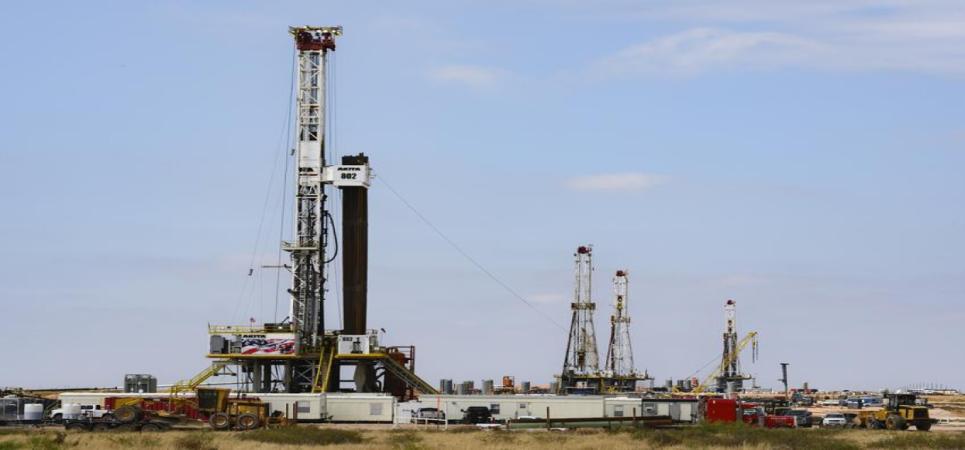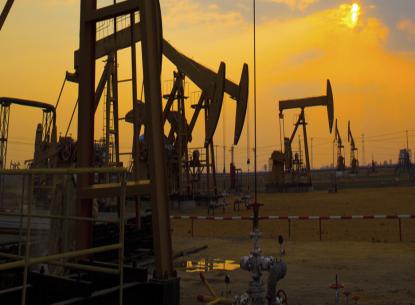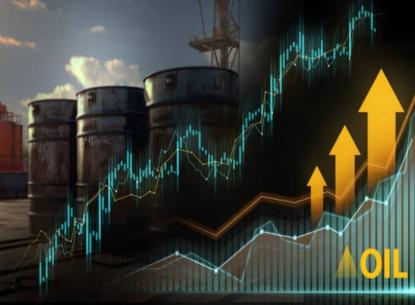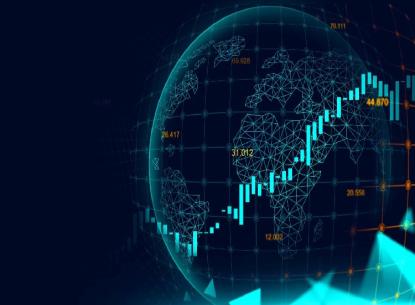
- -
- 0 seconds ago
The Future of Oil and Gas Trading
The future of oil and gas trading is set to evolve significantly, shaped by technological advancements, shifting market dynamics, geopolitical factors, and growing concerns about sustainability. As the global energy landscape undergoes a transition toward cleaner energy sources, the oil and gas sector will need to adapt to remain competitive and relevant. Here are the key trends and factors that will shape the future of oil and gas trading:
Integration of Digital Technologies and Automation
AI and Machine Learning: The use of artificial intelligence (AI) and machine learning (ML) is expected to revolutionize oil and gas trading by improving market forecasting, automating trading strategies, and enhancing decision-making. Algorithms can analyze massive amounts of market data to predict price movements, identify arbitrage opportunities, and optimize trading strategies.
Blockchain for Transparency: Blockchain technology has the potential to increase transparency and efficiency in oil and gas trading. It can streamline transactions, reduce fraud, improve supply chain tracking, and ensure the authenticity of trade contracts by creating immutable digital records.
Automated Trading Systems: The growing use of algorithmic trading will allow traders to execute high-frequency trades more efficiently, leveraging market signals, historical data, and real-time events to capture opportunities quickly.
Impact: Digitalization will lead to faster, more efficient, and data-driven trading processes, improving profitability while reducing human error and operational costs.
Shift Toward Sustainability and ESG Considerations
Carbon Pricing and Emission Regulations: As governments implement stricter regulations to combat climate change, carbon pricing mechanisms (such as carbon taxes or cap-and-trade systems) will become increasingly important. Oil and gas traders will need to factor in carbon costs when making trading decisions, and companies will likely have to purchase carbon credits to offset their emissions.
ESG Integration in Trading Decisions: Environmental, social, and governance (ESG) factors will play a larger role in oil and gas trading. Investors and traders will increasingly seek out companies with strong sustainability practices, and there will be a push for more transparent reporting on environmental impact. Trading firms may develop ESG-compliant portfolios or green energy-focused funds to cater to growing consumer and investor demand for ethical investment opportunities.
Renewable Energy Trading: As more oil and gas companies diversify into renewable energy, the trade of renewable energy assets (e.g., carbon credits, renewable energy certificates) will likely increase. This transition will create new markets and trading products focused on clean energy.
Impact: The integration of ESG considerations and sustainability practices will not only align oil and gas trading with global climate goals but also attract a new class of socially conscious investors and traders.



